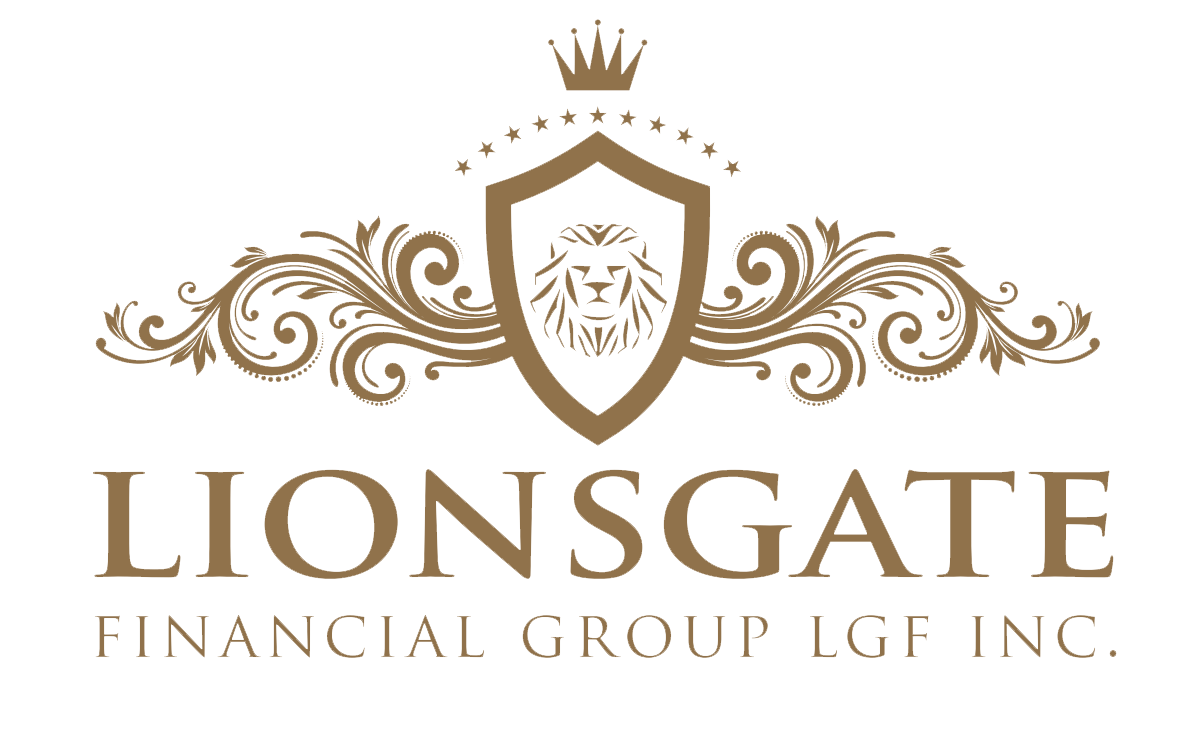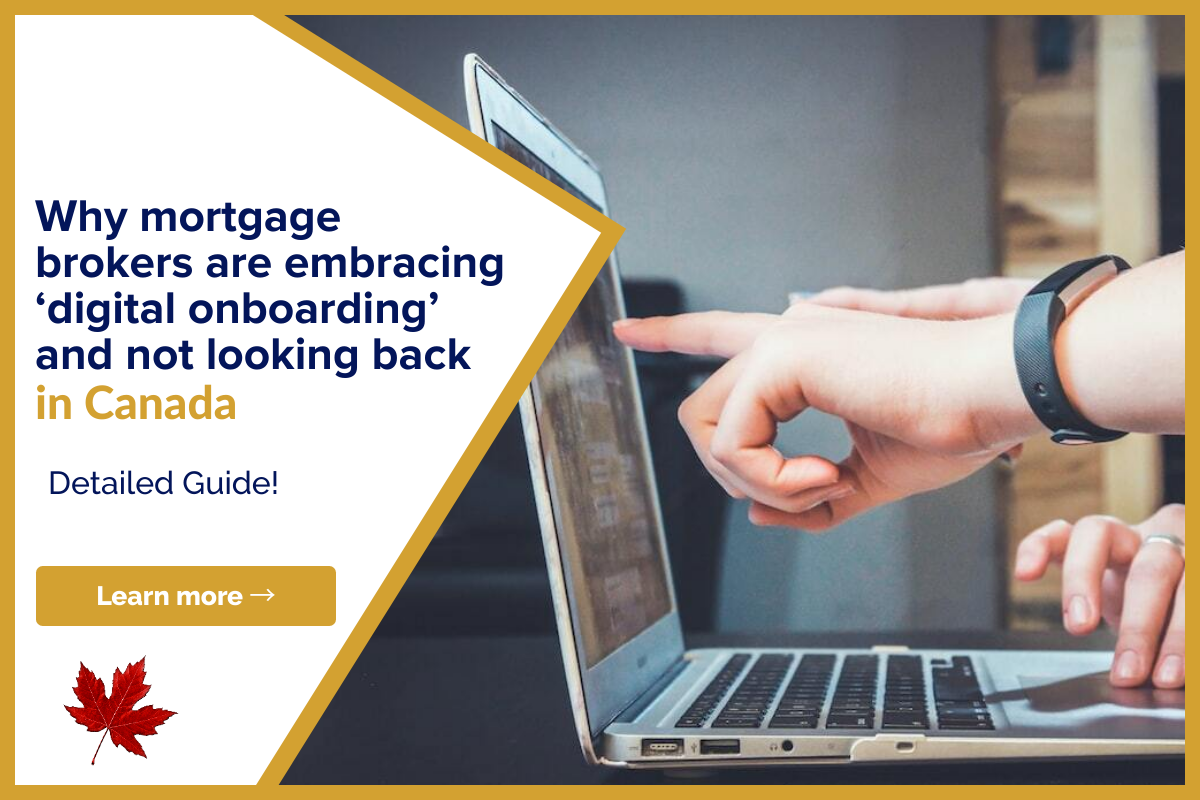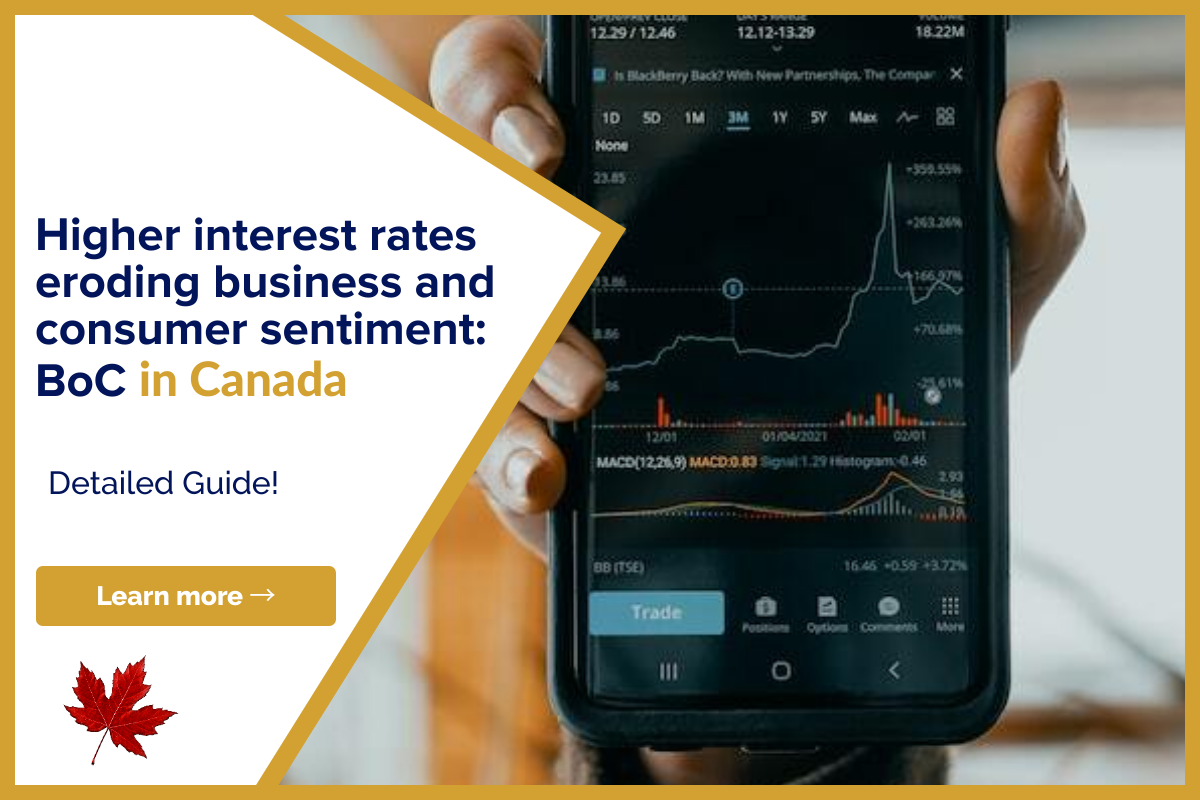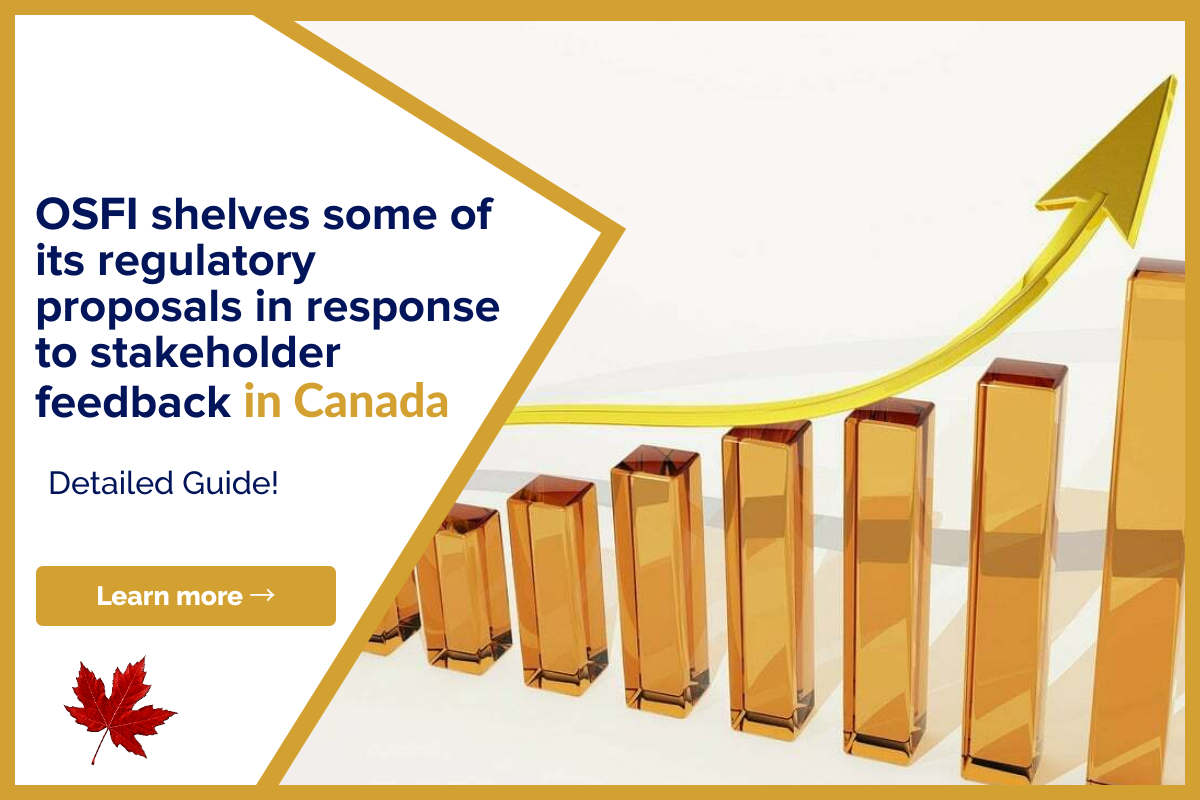During the early days of the mortgage business, brokers would require a lot of paperwork…

Can I Finance a Boat in Canada?
Now you can listen to our blog ‘Where Can I Finance a Boat in Canada?’ while on the go.
Are you considering financing a boat for your next vacation? Well, know that financing a boat in Canada is a much heftier investment. It can be more expensive than a car, which means the loan amount will be higher and so will be the terms. Add to this the different sizes, makes, and models available in Canada, each of which can have different financing options and activities.
Then again, some boats are too expensive and require continual maintenance as well as storage throughout the year. Others are not as expensive as one might think and also costs less in maintenance and storage.
However, financing a boat is not nearly as difficult a process as one might guess, and arranging boat financing is not very different from financing a new car. But for this, you may need a loan as credit cards and savings may not help. So, in this guide, you will know about your boat options, what is best and how you can apply for it.
What is a Boat Loan?
A boat loan is a type of loan where you pay fixed monthly payments generally for 2 to 15 years. Its interest rate and terms depend on the type of size, the model you want to finance, the size of the loan, your credit score, and your financial situation. The also depends on whether you pick a secured loan or an unsecured loan.
Types of Boat Loans
There are two major types of boat loans: secured and unsecured loans. Each of these loans has its own benefits and drawbacks, so make sure you understand them properly before applying for them. To get you a better insight, let’s talk about each one separately.
Secured Loan
Most of the loans in the boat and marine falls under the secured loan option. In this the craft’s title is collateral. This means the lender will retain ownership of the boat until the repayment plan is complete. If you are unable to pay most of the payments, the lender will have the right to seize and resell the asset.
However, when you go for collateral, you may get better rates and more credit. In this case, a secured loan is your best option to go for as far as you are comfortable with collateral. But the major drawback in this is that if you miss out on many payments, you can have a worse outcome than with the unsecured loans.
Unsecured Loan
If secured loans and collateral do not seem fit for you, you can always go for unsecured loans. This is a traditional unsecured loan, which is safer if you prefer not to risk losing your boat in the event of default.
However, it has its own drawback as well. In this, your interest rate can be higher and the conditions attached to this will be less favorable as well. Thus, if you are going to apply for a large unsecured boat or a marine loan, it is better to do it when you have a good income, a decent credit score, and some down payment in hand. Otherwise, going for a secured loan is what you must consider.
Factor to Consider When Choosing Your Loan Options
It is fun to own a boat or any watercraft, but finding the better loan option is inevitable for you. If not done right, it can become a financial burden on you and create any-debt related problems. So, below are the factors you must consider when applying for a loan.
The Down Payment: Depending on the total price of the boat, you must have a 10% – 20% of the down payment in order to get good loan conditions.
Interest Rate: The interest rate plays a vital role in telling whether your payments will be more pricey or not. The best way to receive an affordable rate is to apply with healthy finances or some collateral.
Length of Your Term: A boat loan is a heavier investment and can keep you in debt for a number of years. So, if your lender is offering longer terms, try considering another loan.
Monthly Installment: If the installment is higher, your regular finances can suffer. If you lose your job, your monthly payments will greatly suffer thus try renegotiating the size or frequency with your lender.
Maintenance and Storage: Most boats will need a high maintenance and storage cost. So, you need to pay closer attention to this or else you will imbalance your budget.
Boat Financing Requirement
If you can qualify for a car loan, you will probably qualify for a boat loan as well. Here are a few factors you must consider when applying for a boat loan:
- Credit rating
- Net worth
- job and homeownership stability
- Financial strength
- Debt to income ratio
If your credit rating is upper 600, you should not have any problems getting a loan for yourself. A score lower than that can become problematic as you will have to pay extra Nickle on the interest rate.
You may also be asked to provide your personal financial statement or verification of your employment. So, prepare them beforehand.
You May Also Like: Refinancing Your Second Mortgage in Canada
How Much Does a Boat Cost in Canada?
This is the most sought out question in the field of boat financing in Canada, but the answer to it is much complicated. As the watercraft comes in all shapes, models, prices, and also features, it is hard to gauge the exact price. You first have to decide exactly which size, and model you want and what are your requirements and objective with it.
However, to give you a fair idea of financing a boat in Canada, here are some of our calculations done for a normal regular boat. Purchase Price: A regular 6 passenger motorboat can cost $20,000 – $30,000. If you go for a higher model with more features, the price will exceed as well.
Gears: Boating gears like life jackets, oars, and other emergency supplies can be expensive as well. The bill can contain up to $500 – $2,000.
Licensing & Insurance: You will have to pay $20 to $30 for an ID card, and $300 – $500 per year to insure it.
Storage: Storage costs varies depending on the location, servicing, and how large the boat is. Generally, it costs $2 – $5 per foot, per month. The membership fee can also cost you $5,000 – $10,000 as a monthly cost throughout the summer.
Maintenance and Fuel: Most boat owners pay 10 to 20% of the total purchase price for repairs, cleaning, and maintenance.
This might have given you a fair idea of what you need to have in your account when going for a boat purchase.
The Bottom Line
If you are interested in financing a boat in Canada, we can provide you helping hand and find the best lenders for you. You can also trust us for the right loans, financing solutions, and lenders in your area. Reach out to us today or visit the website for more information.





